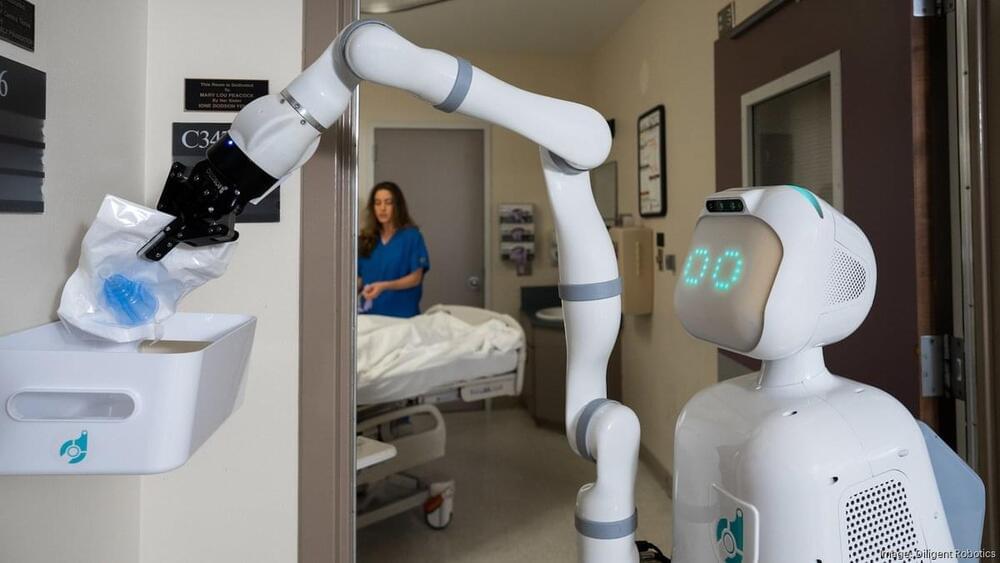Google Quantum AI announced that it is moving past the Sycamore era and taking another leap down its roadmap with the introduction of the 105-qubit Willow, a new quantum chip that has achieved a milestone in computational power and error correction, marking a major step toward large-scale, commercially viable quantum computing.
The team, which published their findings in Nature, is also eyeing a quantum device that overcomes the limitations of errors and offers real-world solutions to tough problems, the ultimate destination as they progress along their roadmap.
“The mission of the Google quantum AI team is to build quantum computing for otherwise unsolvable problems,” said Hartmut Neven, a vice president of engineering at Google and founder and manager of the Quantum Artificial Intelligence lab, at a recent roundtable about the new milestone.” So what problems do we have in mind? The first applications will be modeling and understanding systems where quantum effects are important. So that’s the case for common drug discovery, understanding and designing nuclear fusion reactors, bringing down the enormous energy costs of fertilizer production. But it then extends to multiple other areas, such as quantum machine learning.”









